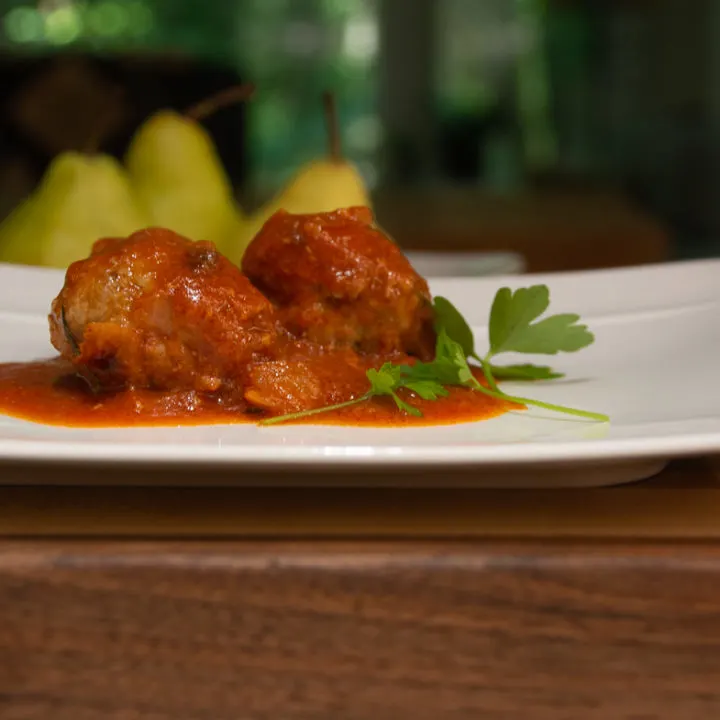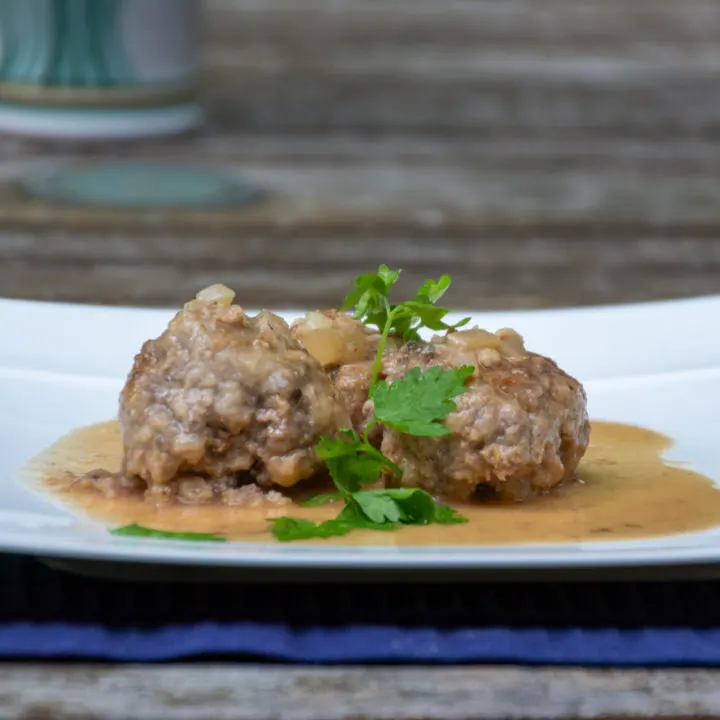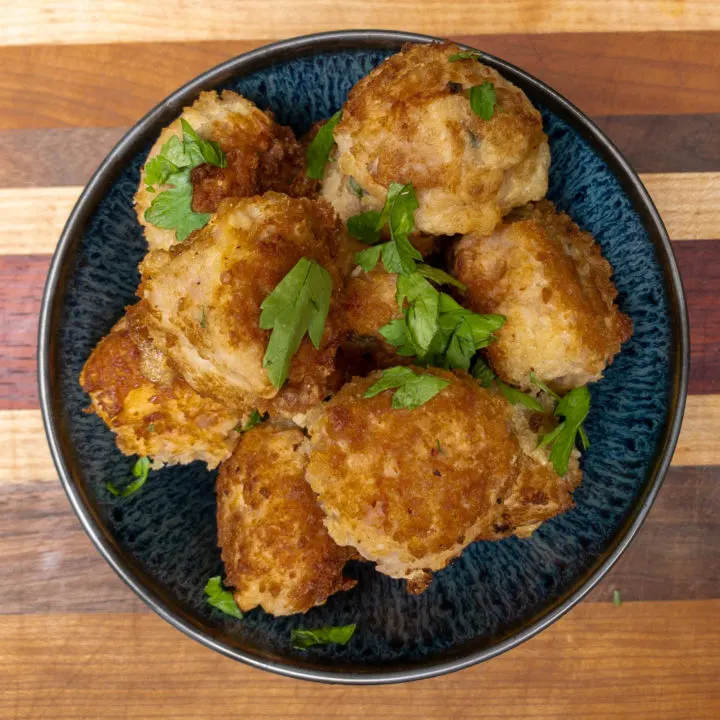What do Italians know about meatballs, that I don’t?
Italians can be passionate about meatballs. But what is an authentic Italian meatball? They do not contain exotic ingredients, it seems they are easy to make, but yet there is a passion for what is the right way to make them. It seemed a little rigor is needed here to determine how to master them.
An analysis of how Italians make meatballs could lead to some key understandings. Specifically, reviewing recipes written in English and recipes in Italian, what can be learned about differences in ingredients and techniques that can be used to make the best meatballs?

Here are my most important findings.
- Authentic Italian meatballs don’t use garlic
- Authentic Italian meatballs commonly use parsley
- Importantly coating the meatballs improves flavor and texture
Recommended Recipes
If you are in a hurry, here are the recommended recipes for Italian meatballs based on what was learned from this research.
Meatballs in Tomato Sauce (Polpette a sugo)
The simplicity but yet depth of flavor of the rosemary seasoned tomato sauce will surprise you.
Polpette al limone
Hold the tomatoes, sqeeze the lemon
Barcari Meatballs -- tuna
These meatballs just beg for a cold, crisp glass of Italian white wine.
The Research
Background
In his foundation book, Science in the Kitchen and the Art of Eating Well (La scienza in cucina e l’arts di mangiar bene), Italian Pellegrino Artusi has this to say about making meatballs — polpettes in Italian.
“Do not think for a moment that I would be so pretentious as to tell you how to make meatballs.”
English Translation, The Lorenzo Da Ponte Italian Library, University of Toronto Press, 2003
He continues with a scatological quip and indeed does not tell us how to make meatballs. Instead, he offers a series of suggestions for making meatballs. Since Artusi is considered the inventor of Italian cuisine, who am I to do otherwise? I will, however, tell you how meatballs are made both in the Anglo world (North America, the UK, and Australia) and how they are recommended to be made in Italy. Based on this I will offer some recommended recipes.

Using cooked meat to make meatballs may seem unusual to the Anglo world. Artusi considers it a given that cooked meat is being used. This points to what may be considered the origin of Italian meatballs — Sunday leftover beef roasts. The drier cooked meat can benefit from some moisture for the evening meal. This leads to the common dish Polpette al Sugo (Meatballs with sauce). Commonly a tomato sauce.
The Approach
A total of 74 Italian meatball recipes were analyzed, 37 in English and 37 in Italian. English recipes are a combination of well-known English adaptions published by authors such as Mazen Hazan, and Jamie Oliver, and the English translation of the Italian recipes. Although not a random sample, an effort was made through the use of different search engines, and keywords, and by drilling down through links to find a broad representative sample. These were supplemented by internet searches using multiple search words. The Italian search was on the internet only. This was accomplished by setting search engine settings to search in Italian and in Italy.
ZC Picks

Comfort and style
327 from New Balance
Findings
Here are the most significant recommendations that can lead to making your own authentic Italian meatballs.
Finding — Common Key Ingredients
Across all recipes, there was little divergence from the five primary components of the meatballs.
- Meats
- Eggs
- Stale bread soaked in milk
- Cheese
- Seasonings
Details follow.
Finding — Pretty much any meat works
Although beef was the most common meat (harking back to the original use of leftover Sunday roast), almost any meat is used. A beef/pork combination is also frequent. Veal and fish, especially tuna, are used.
Sausage is more frequently listed in the Italian recipes, but not common. Mortadella is listed in many of the Italian recipes. References to the sensual texture may sound enticing, but the high fat content of mortadella should help with drier (read previously cooked) meats.
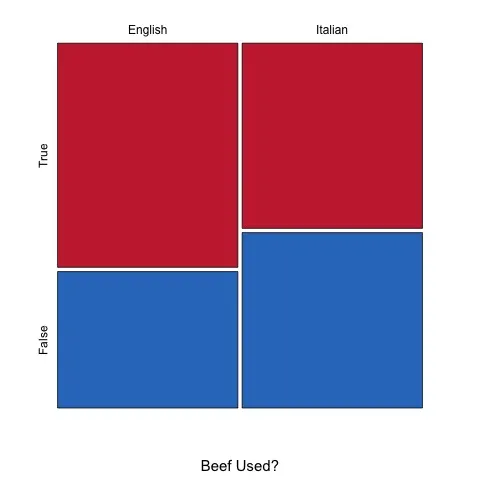
Finding — Leave out the Garlic
A repeated theme from traditional Italian cooks is the overuse of garlic by those that are trying to cook as if they were Italian. This was unquestionably seen in this research. Whereas 62% of the English recipes used garlic, only 22% of the Italian recipes used garlic.
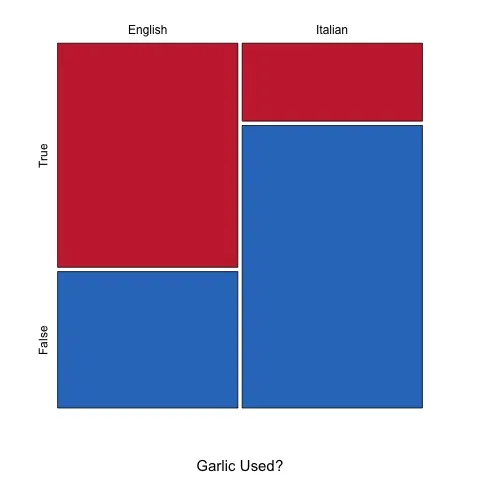
Finding — Cheeses Used
A wide variety of cheeses were used in the recipes. A greater variety was found in the Italian recipes representing regional dishes. Parmesan and Pecorino were the most common, sometimes in combination. Parmesan was used in the majority of recipes: found in 54% of the English recipes, and 60% of the Italian.
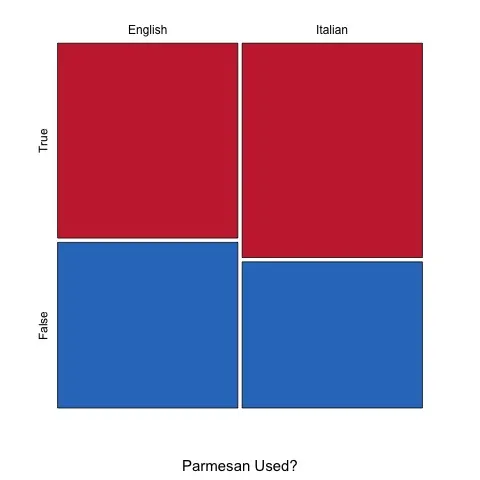
Finding — Authentic Italian Meatballs have a Coating
The most distinct difference in the Italian recipes was the technique of coating the meatballs either by rolling in flour or breadcrumbs. 60% of the Italian recipes used a coating, whereas only 13% of the English meatballs were coated. The flour coatings add texture and thickness to the sauce. This technique is used in the recommended Meatballs in Tomato Sauce recipe and the Polpette al lemone. The bread crumb approach is frequently used when the meatballs are to be fried as in the Venetian Bacari Meatballs.
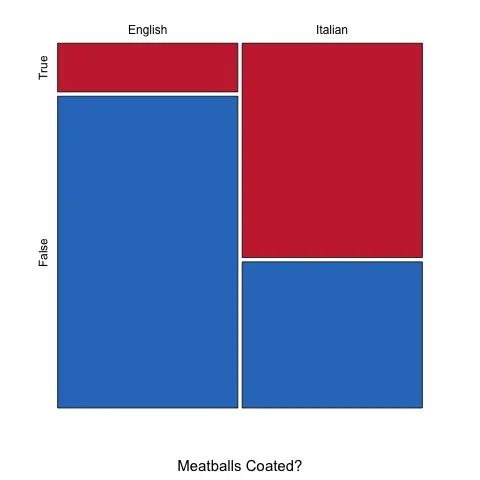
Finding — Parsley is the most common herb
Across the English and Italian recipes, parsley was the most common herb used. Oregano, rosemary, thyme, and basil were also frequently used. Often depending on the meat or the sauce to be prepared. Regardless, the clear indication was to use whatever fresh herb you had over a prescribed herb if only dried was available.


